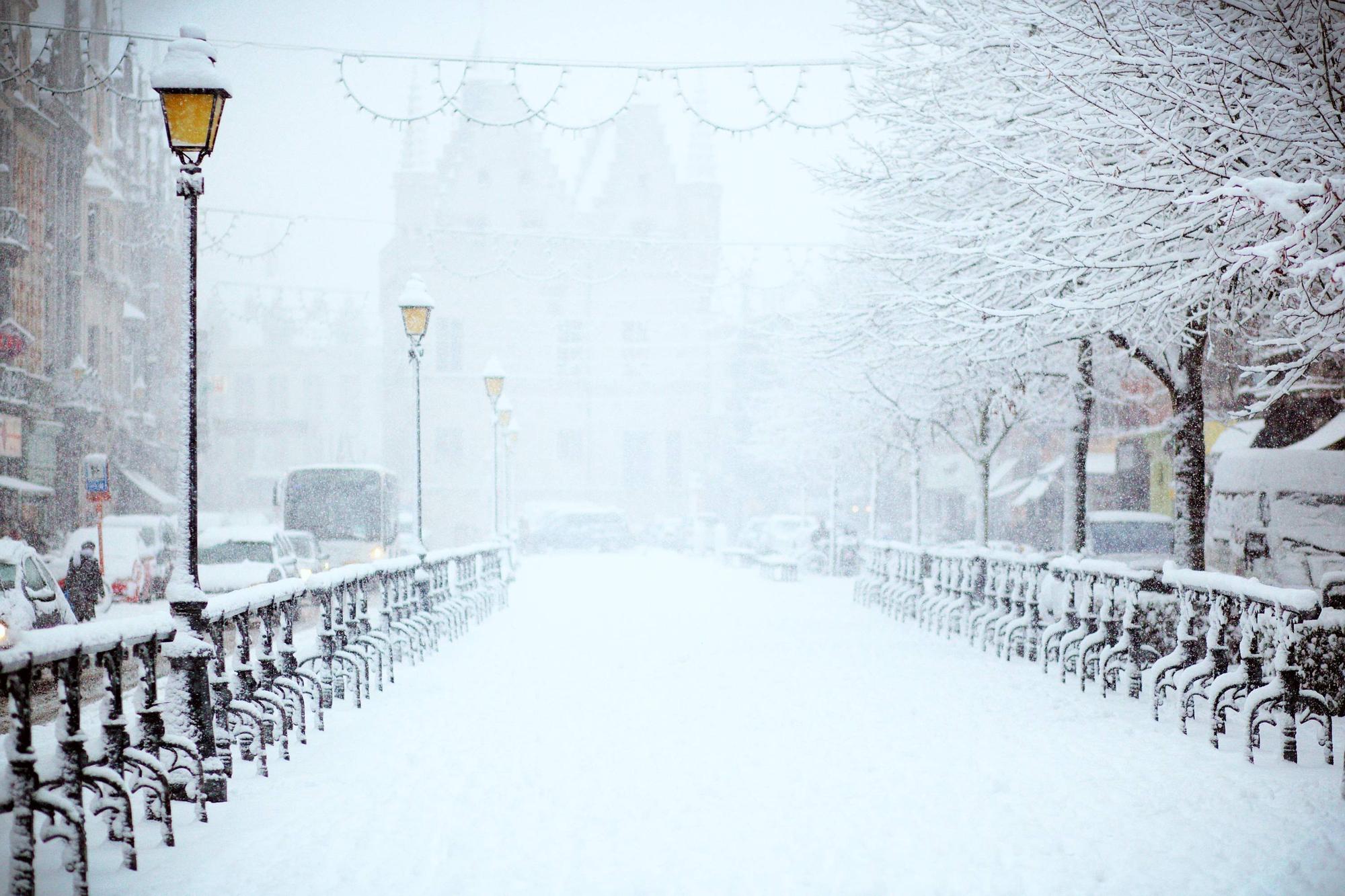When winter rolls in and temperatures drop, the body faces challenges like dry skin, stiff joints, tense muscles, and disrupted sleep. Many consumers turn to CBD (cannabidiol) as a complementary wellness tool during colder months because of its reported soothing, anti-inflammatory, and calming properties. While the science is still evolving, anecdotal use and emerging research signal that certain CBD product types may be especially suited for winter use.
What Makes Some CBD Products Better for Winter Use?
- Topicals for cold-weather aches and stiffness
After a day in the cold or snow, joints and muscles often feel tight or sore. Topical CBD products—creams, balms, salves, roll-ons—can be applied directly to the affected area, offering “on-spot” relief. In fact, CBD salves are frequently recommended for winter sports recovery, helping to reduce localized inflammation after strenuous activity. Brands like Aspen Green are often cited for effective cooling CBD creams combining menthol or arnica with full-spectrum CBD. - Body butters, lotions, and whipped creams for dry skin
Winter’s dry indoor heat and cold outdoor air can rob skin of moisture quickly. CBD’s antioxidant and skin-soothing potential make it a good partner to hydrating oils and emollients. Seasonal offerings like a “winter whipped body butter” combine richer textures with CBD (sometimes with CBG) to help lock moisture in. - Tinctures, oils, and capsules for whole-body balance
To support sleep, stress resilience, or general wellness through the winter, ingestible forms of CBD—tinctures, oils, or capsules—are popular. Some people add a few drops of CBD oil to warm tea before bedtime or take sublingual doses to help calm the mind. And many brands offer daily capsules formulated to support energy, relaxation, or balance—helpful during shorter daylight periods. - CBD-infused beverages, teas, and warm drinkables
Winter is prime time for warm beverages, and CBD-infused teas, tonics, or sparkling waters offer a cozy way to consume cannabidiol. A tincture in a cup of chamomile or a CBD tea blend can feel especially comforting on a cold evening. - Bath soaks and bath bombs with CBD
Soaking in a warm bath is a classic winter ritual. CBD bath bombs or CBD-infused soak blends let people combine heat, moisture, and topical absorption. The warmth helps open pores, theoretically aiding absorption of the cannabinoids into muscles and soft tissues.
What to Watch Out For
- Third-party lab testing: Because CBD regulation is still inconsistent, consumers should look for products that provide lab results confirming purity, potency, and absence of contaminants.
- Full-spectrum vs isolate vs broad-spectrum: Full-spectrum products contain trace THC (within legal limits), which might enhance effects via the “entourage effect.” But for anyone avoiding THC, broad spectrum or CBD isolate are safer.
- Potency and dosing: Start low and go slow. Using stronger topicals or ingestibles in winter may feel more potent than in warmer months, because the body is already taxed by cold stress.
- Skin sensitivity: Ingredients suited for skin such as menthol, camphor, or camelia oils might feel sharper in cold weather or on cracked skin—test on a small area first.
In Summary
During cold months, CBD products that address the common winter pressures—stiff joints, dry skin, tension, and disrupted rest—tend to rise in popularity. Topicals (creams, balms, roll-ons) are a front-runner for localized relief. Rich lotions and whipped CBD body butters help combat dryness. Tinctures, capsules, and warm CBD drinks support holistic wellness and stress balance. Finally, bath soaks create a soothing ritual combining heat and absorption. By selecting high-quality, third-party tested products and adjusting for skin sensitivity and potency, consumers can bring a thoughtful CBD toolkit into their winter self-care routine.


